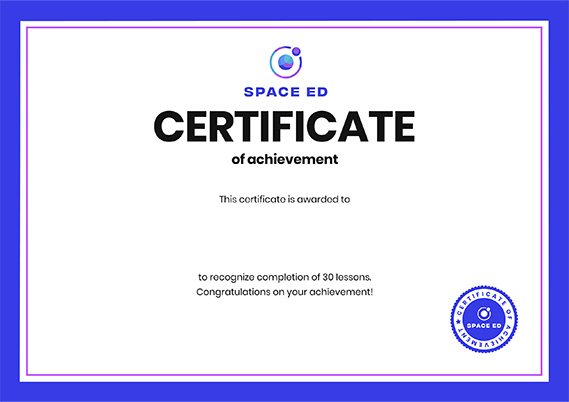Dark matter: How does it explain a star's speed? - Don Lincoln
101,775 Views
0 Questions Answered
Let’s Begin…
All the stars in a spiral galaxy rotate around a center -- but to astronomers, the speed that each star travels wasn't making sense. Why didn't stars slow down toward the edges as expected? Don Lincoln explains how a mysterious force called dark matter is (possibly) the answer -- and why the search for an answer matters.
Additional Resources for you to Explore
Astronomers mapped the motions of hundreds of stars in the Milky Way in order to deduce the amount of dark matter that must be tugging on them from the vicinity of our sun. Their surprising conclusion? There's no dark matter around here.
Check out the results of the Cryogenic Dark Matter Search experiment at the University of California, Berkeley. The experiment uses a large germanium crystal cooled to 20 mK to search for weakly interacting, massive particles (WIMPs) - proposed constituents of dark matter.
Take a look through the site dedicated to the DArk MAtter experiment, which uses low-activity scintillator to search for particle constituents of dark matter in the Gran Sasso laboratories. It includes information about the experiment itself, members of the collaboration, results, and publications.
Something that also might prove helpful is this one-page explanation of dark matter from the Usenet Physics FAQ, written by Scott I. Chase.
As part of Scientific American's "Ask the Experts" series, physicists Rhett Herman of Radford University and Shane L. Larson of Montana State University give an accessible account of the evidence for dark matter.
From what we observe in the Universe, only ~4% of the universe's total mass is made of visible matter, and only ~23% of dark matter. The largest part, however, more than ~70%, is thought to be made of some even more enigmatic stuff called dark energy. Dark energy could thus explain the acceleration observed in the wheeling speed when the galaxy is expanding. Learn more about dark matter and dark energy.
If there's anything harder to find than the Higgs boson, it's dark matter. It could make up more than 80% of the universe but hasn't been seen yet. Physicists are looking for it in space, deep underground in old mines, and in huge particle accelerators, such as the Large Hadron Collider at CERN.
About Space Ed
Space Ed helps you untangle the mysteries of space with the universe’s best videos on everything from Einstein's theory of relativity to what it would take to live on Mars. Brush up on the science, philosophy and mystery of space, because the fabric of the universe is the same fabric that connects us all.
Meet The Creators
- Narrator Don Lincoln
- Director Gatze Zonneveld




